A team of three experts was formed for the project: Mutafian and another Armenian-French historian Raymond Kévorkian were to deal with the records and display of the exhibits, and museum expert Harout Pezchian was tasked with securing the right conditions in the building.
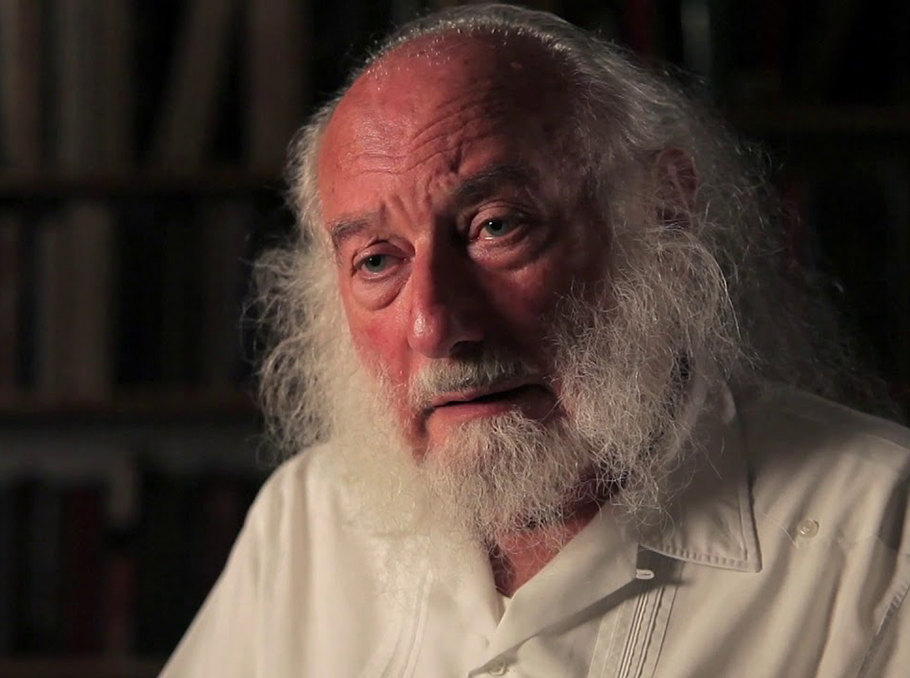
Photo: Claude Mutafian’s archive
According to Claude Mutafian, Jerusalem is the second largest Armenian treasury after the Republic of Armenia itself, filled to the brim with exclusive exhibits. The museum’s most valuable possession is the collection of hand-written journals: four out of Toros Roslin’s seven journals are kept in the museum. It also has stone engravings, khachkars, important documents and items designed for rites.
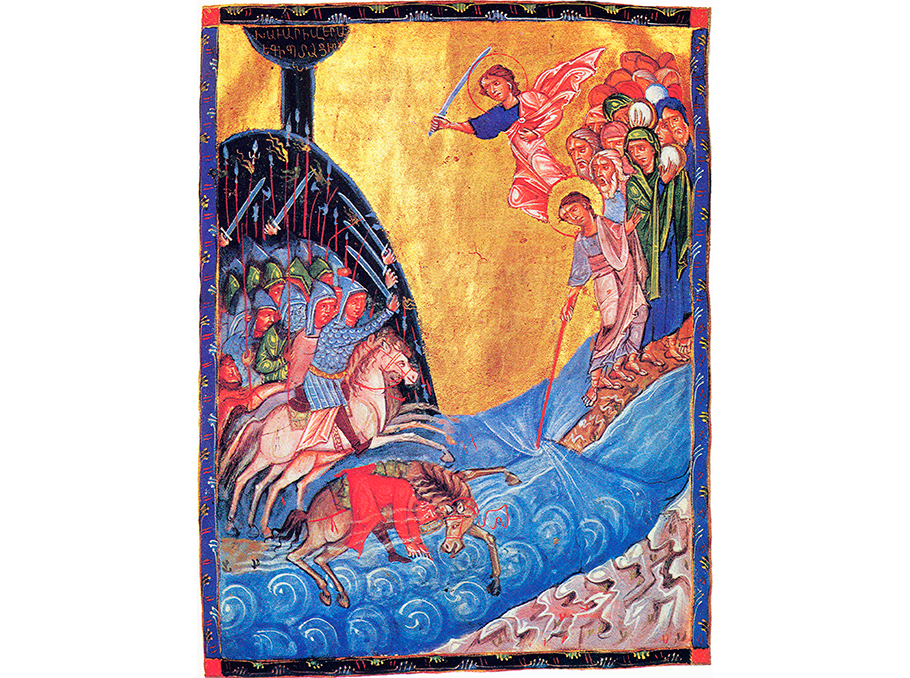
Photo: Claude Mutafian’s archive
“The exhibits include decrees (firmans) in Arabic by sultans and khalifs from Prophet Muhammad to Salah ad-Din. After seizing Jerusalem in 1187, the latter issued a firman ordering that no harm should be done to Armenians despite their Christian faith. The second part of the exhibition, which displays exhibits starting from the 16th century, is even richer: it has decrees (kondaks) by Armenian patriarchs, very important photographs, gifts presented to the patriarchate by pilgrims, curtains for the chancel. Let’s not forget that the first book printed in Jerusalem was in Armenian and it was made by the patriarchate. That book is still kept in the museum,” Mutafian has told Mediamax.
Apart from the Armenian museum’s own collection, the exhibition will display items (or their copies) brought from other museums and libraries. Among those Mutafian has singled out the valuable mosaic “To the memory and salvation of the souls of all Armenians whose names are known by God alone”. It was brought from Museum on the Seam (also known as Musrara Museum), and once the mosaic is restored, it will be installed in the Armenian museum’s yard. Another precious exhibit, a note in Greek about an Armenian convent, was brought from Louvre.
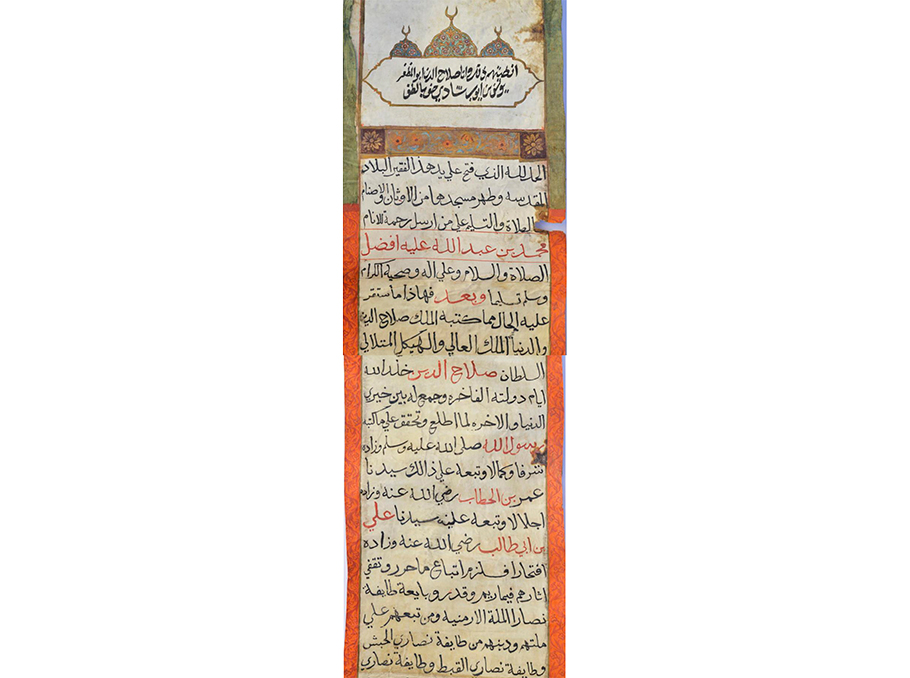
Photo: Claude Mutafian’s archive
“The Armenian Basilica of Annunciation in the city of Nazareth in northern Israel bears old Armenian engravings. There is evidence that they were made before 430. It is incredible. It can be the oldest written artifact in Armenian known to us. Only a few letters have survived to our days. One of the engravings begins with the name “Anania”, another has just 3 letters left – “ken”, probably the last syllable of the name “Babken”. However, it is not the content that matters the most, but the date when the words were engraved. We have to ask the church to donate at least one of these engravings to the museum, because it is a piece of evidence that Armenians lived in Jerusalem as early as in the 5th century,” he added.

Photo: Claude Mutafian’s archive
Claude Mutafian has revealed that for regular exhibition, his group is going to prepare copies of the real items, but visitors will be able to have a look at the original exhibits for 2-3 weeks a year.

Photo: Claude Mutafian’s archive
All exhibits on display are going to have notes in English and the descriptions will also be recorded in 5 other languages: Hebrew, Arabic, French, Armenian and Russian.
Armenian Quarter is one of the four neighborhoods of the Old City. Contrary to the other three, which are divided by religion - Christian, Jewish and Muslim, the Armenian Quarter also has a national identity. The Old City contains key shrines of Christianity and Islam.

Photo: Claude Mutafian’s archive
“100 tourists visit the Armenian Quarter every day, and what do they see? The Cathedral of Saint James. If they manage to get there at 3 pm or 3:30 pm, they can go inside and attend the service, but at other hours the cathedral is closed for visitors. There is nothing else for them to see, although Jerusalem holds the largest Armenian cultural collection outside of the Republic of Armenia. That treasure has been hidden until now.
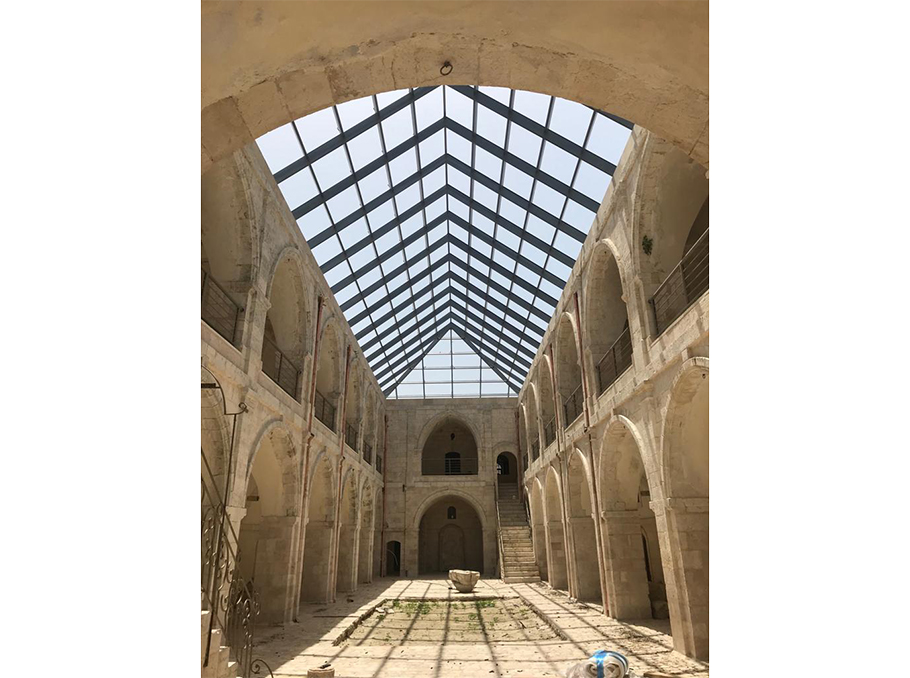
Photo: Claude Mutafian’s archive
Reopening of the museum is a very important step for us. It will show that Armenians have lived in the holy city for a very long time and created all these masterpieces,” concluded Claude Mutafian.
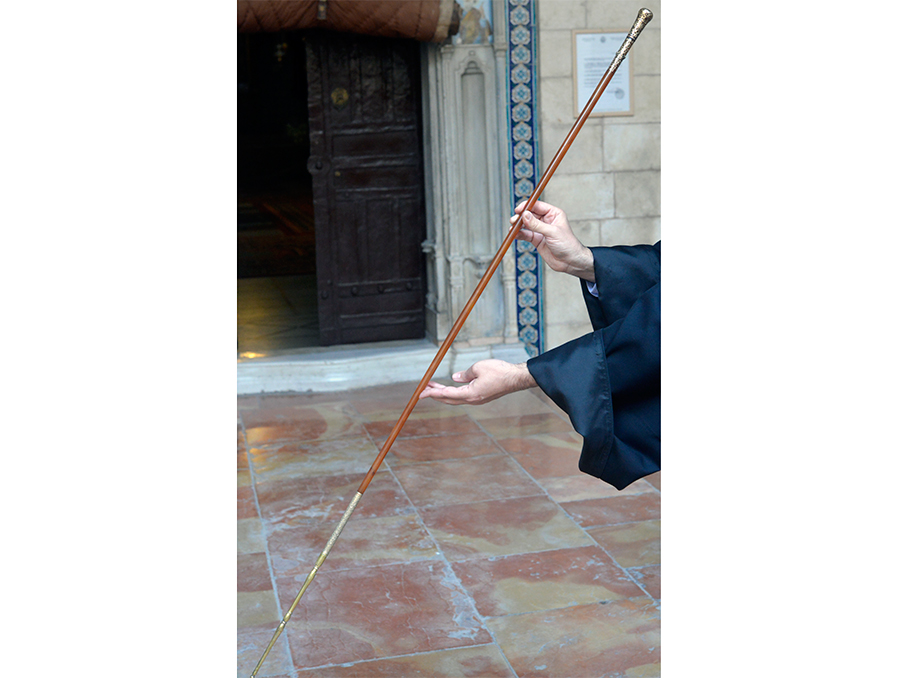
Photo: Claude Mutafian’s archive
Preliminary estimation places the reopening of the museum in the fall of 2020.
Lusine Gharibyan
Photos: Claude Mutafian’s archive











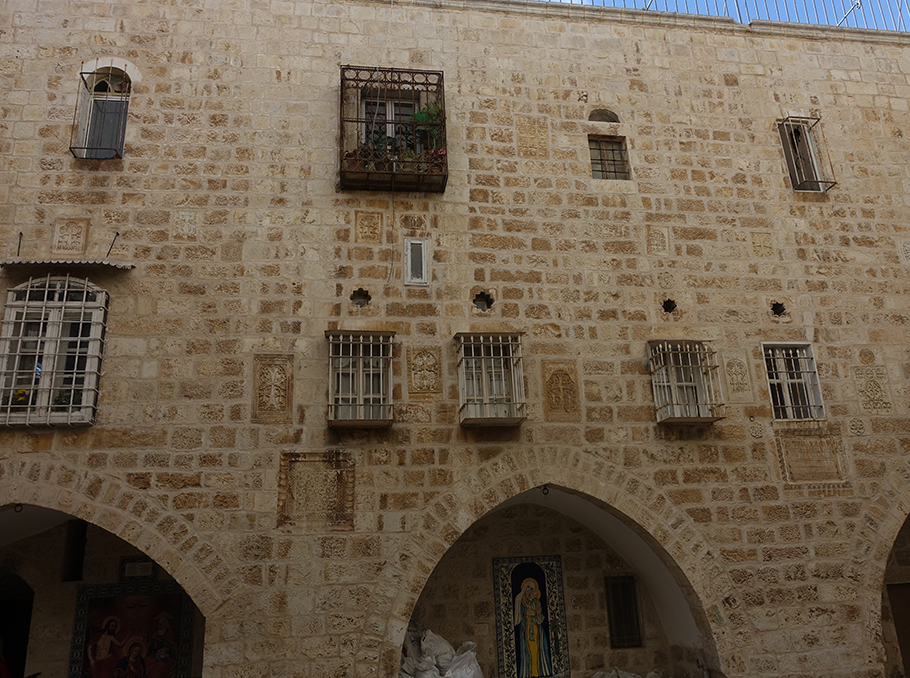

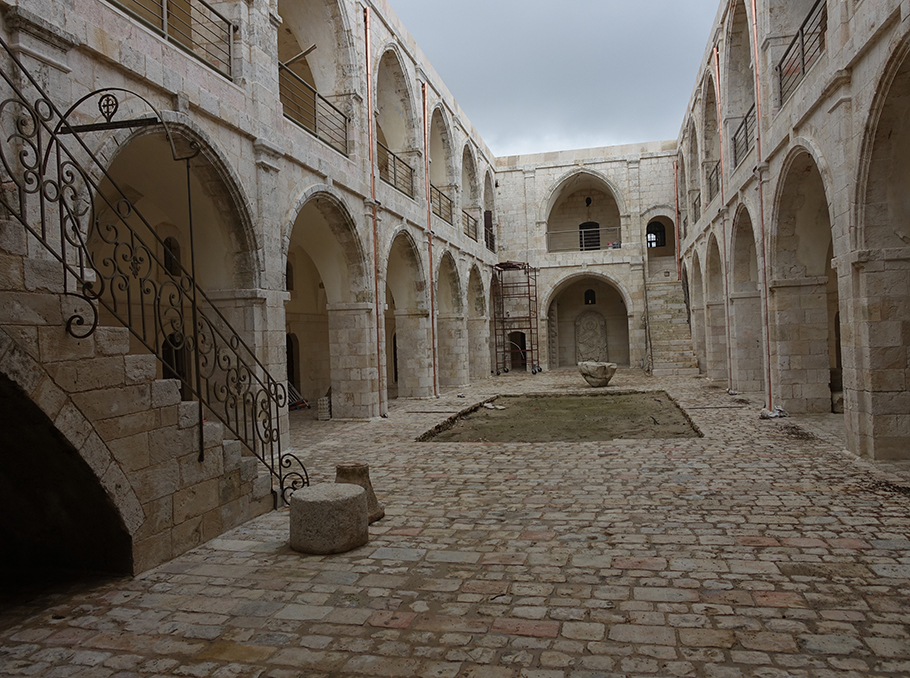



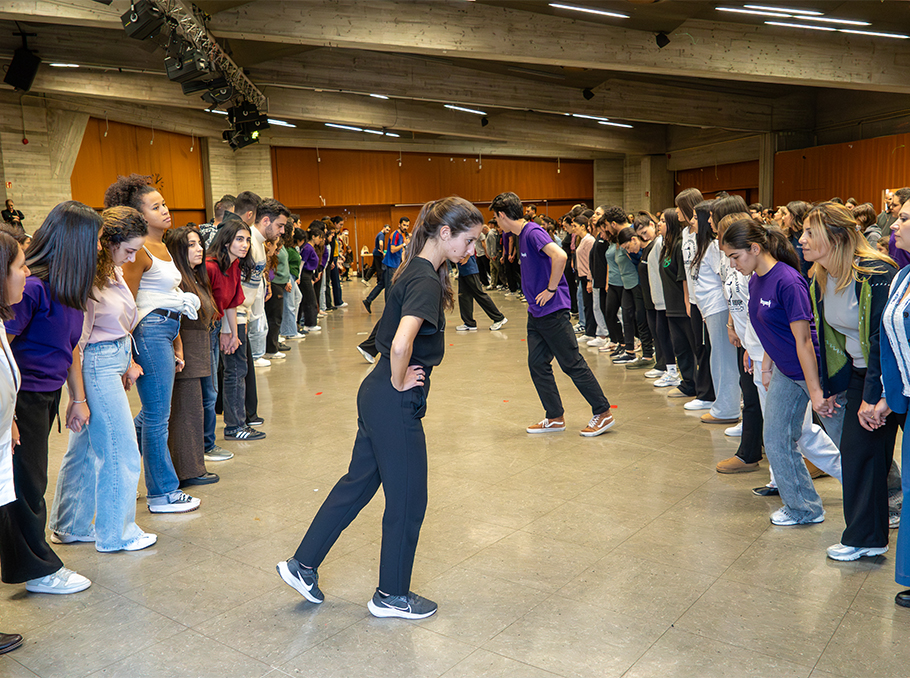
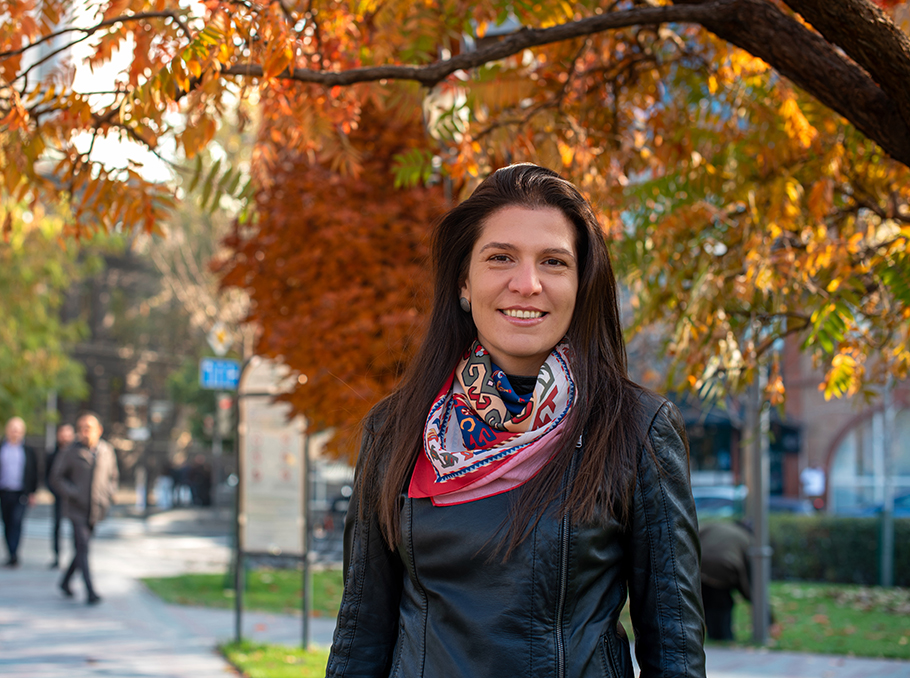


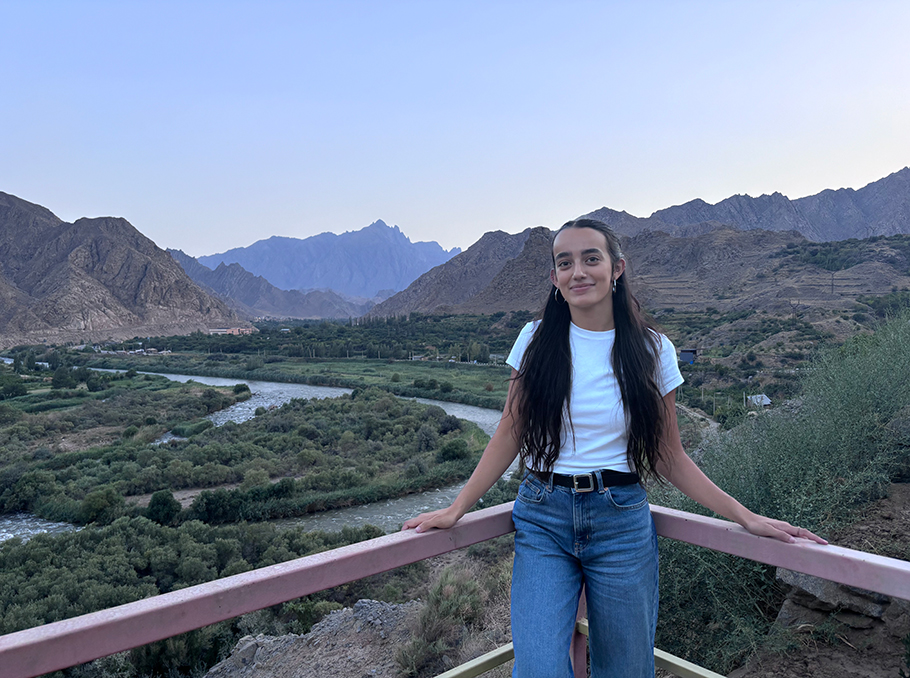







Comments
Dear visitors, You can place your opinion on the material using your Facebook account. Please, be polite and follow our simple rules: you are not allowed to make off - topic comments, place advertisements, use abusive and filthy language. The editorial staff reserves the right to moderate and delete comments in case of breach of the rules.